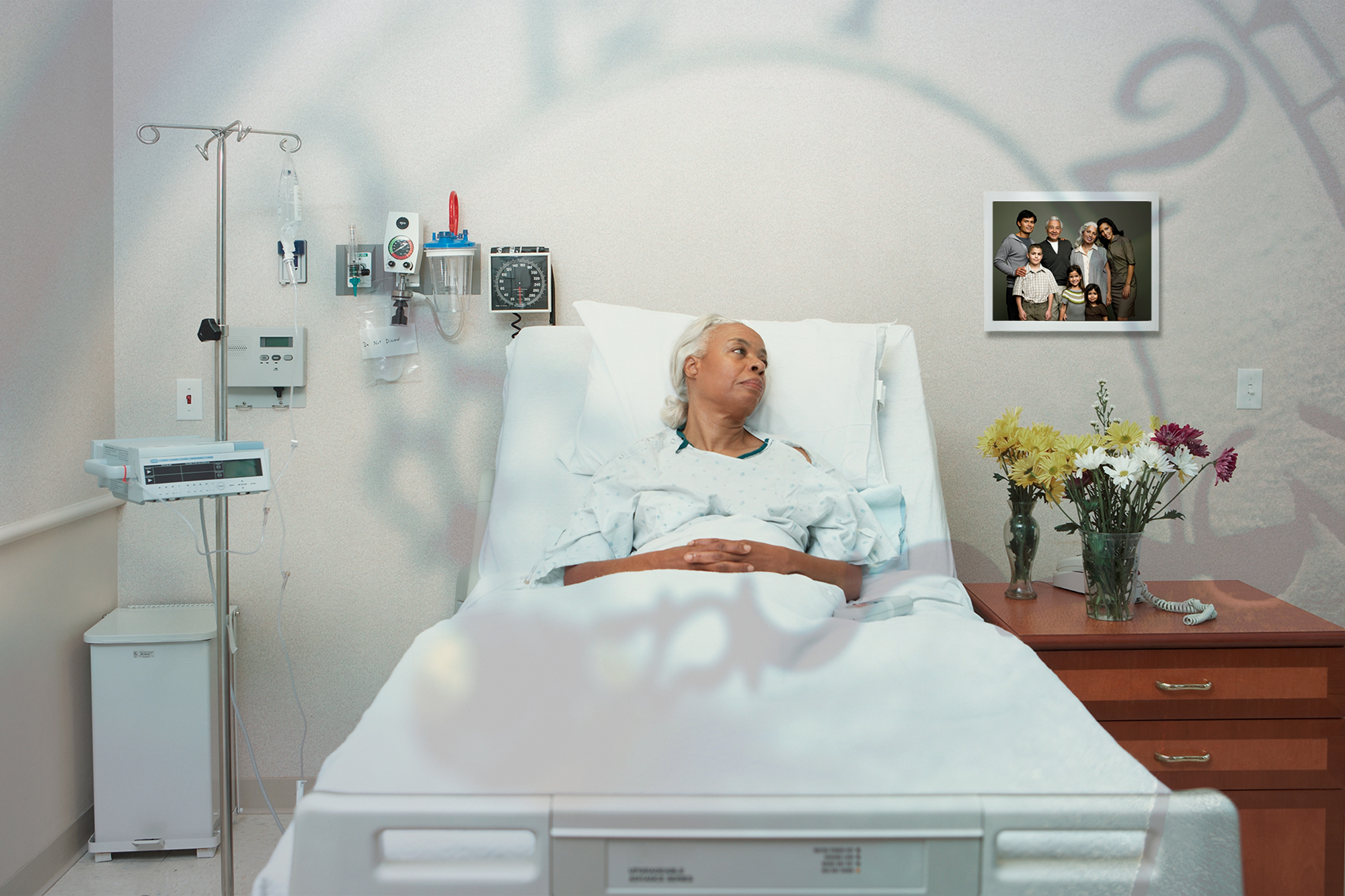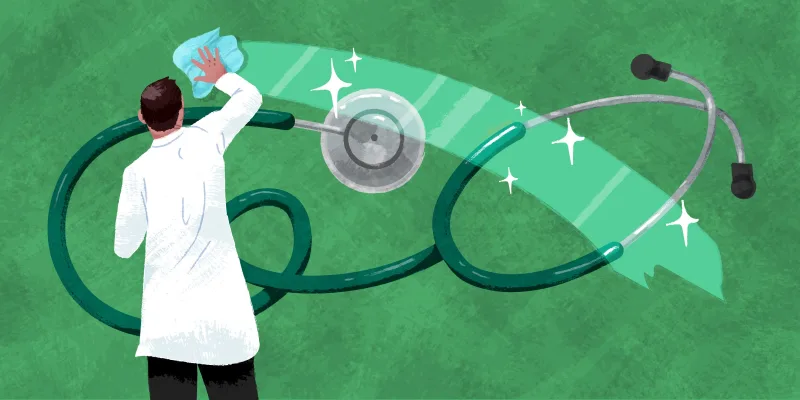 It’s the beginning of another morning as a third-year resident in the ICU. I log into the electronic medical record and enter the chart of a new patient on our team’s list. Mr. Mason is a middle-aged man with a recent diagnosis of malignant brain cancer. In the last three months, his mental status has rapidly deteriorated leaving him unresponsive and unable to follow even the simplest of commands. Someone that just a few months ago was working full-time is now lying in the corner room of our ICU, attached to a breathing machine and cardiac monitor. I am struck by the devastating effects of his disease, but the pace of the morning forces me to move on.
It’s the beginning of another morning as a third-year resident in the ICU. I log into the electronic medical record and enter the chart of a new patient on our team’s list. Mr. Mason is a middle-aged man with a recent diagnosis of malignant brain cancer. In the last three months, his mental status has rapidly deteriorated leaving him unresponsive and unable to follow even the simplest of commands. Someone that just a few months ago was working full-time is now lying in the corner room of our ICU, attached to a breathing machine and cardiac monitor. I am struck by the devastating effects of his disease, but the pace of the morning forces me to move on.
I finish reading updates about our remaining patients, and we begin our morning rounds. When it comes time to discuss Mr. Mason, we are joined by his wife, eldest daughter, and a long-time family friend.
A member of our team begins the discussion, “Mr. M is a —”
“Would it be ok if we called him Barry?” the friend interrupts.
“Of course,” I say with a smile, successfully hiding my mild annoyance with the delay caused by his interruption. The team proceeds, taking turns to discuss and debate the best course of treatment. We conclude that ultimately we cannot be sure if Barry’s recent decline is due to infection, stroke, or even his tumor’s progression. We decide to continue him on a strong regimen of antibiotics and a healthy dose of hope. As our conversation draws to a close, I turn to his loved ones to summarize our plan and ask for their feedback. They have several questions, ranging from our choice of medications to his chances of recovery, and we take turns offering our input. I thank the family for joining us and they leave to go to his room, but the friend stays behind.
“Doc,” he says, “Barry was such a good guy. We first met at Amherst as freshmen roommates and we’ve stayed friends ever since.” The friend pauses, contemplating which of Barry’s good qualities he should mention first. “You know, he spent his entire career helping young children with mental disabilities. He never complained Doc, not once.”
He continues for several more minutes, the end of one story flowing directly into the beginning of another, each providing testimony to Barry’s selfless nature.
Members of our team shift uncomfortably in their seats. We don’t have time for this, I think. We still have several patients to round on and have already begun to fall behind on many of our tasks for the day.
Perhaps sensing our restlessness, the friend suddenly stops and apologizes before turning to leave.
Later that evening, Barry’s nurse rushes toward my desk to inform me that his blood pressure is alarmingly low. I head to his room quickly and slide open the large glass door. My eyes immediately notice something that wasn’t there before: a small, weathered 4-by-6 photograph attached to the whiteboard. I imagine Barry’s daughters peeling it from a household album so they could bring it to his room this morning. It’s a family picture, likely taken at a graduation or wedding. On a beautifully manicured lawn, Barry stands next to his wife, their daughter, and another couple. Barry wears a black suit, a navy blue tie, and a large smile. In an instant, the picture brings Barry to life, and the stories from earlier in the day make sense. I suddenly feel like I know Barry — and I like Barry. I feel an overwhelming desire to see him get better.
In inpatient medicine, caregivers have the misfortune of encountering patients when they are at their sickest. We meet them as frail, failing bodies wrapped in ill-fitting hospital gowns, and sometimes it’s hard to imagine that they have ever been anything else. It is difficult to know how to improve what is initially perceived as broken — whether that be a weakened heart, a struggling pair of lungs, or a depressed mind. But, we must find a way to appreciate that our patients weren’t always patients. There was a time when their hearts beat with ease, their lungs breathed without assistance, and their minds produced kindness and joy.
I believe inpatient medicine needs more pictures, for pictures provide a starting point that can serve as our guiding light. They remind us that “better than before” is not the same as “back to normal.” From just one picture, I realize what should have been obvious to me all along: Barry was not always this sick.
Hours later, Barry’s blood pressure has improved and my call shift has ended. I gather my stuff to leave the hospital but as I prepare to exit, the husband of another patient stops me.
“Doc,” he begins, “I’m sorry but I won’t be able to join the team on rounds today. I have to head home to take care of a few urgent matters.”
I nod understandingly, intending to leave it at that. But then I remember Barry, and I ask the husband something that I know I will ask many times in the future. “When you return, can you please bring a picture of you and your wife? I think our team would really love to see it.”
Muthu Alagappan is a physician, engineer, and entrepreneur interested in transformative health care technologies. He is an attending physician at Massachusetts General Hospital and a consultant to digital health startups.
All names and identifying information have been modified to protect patient privacy.
Photo collage by Jennifer Bogartz / Getty Images







